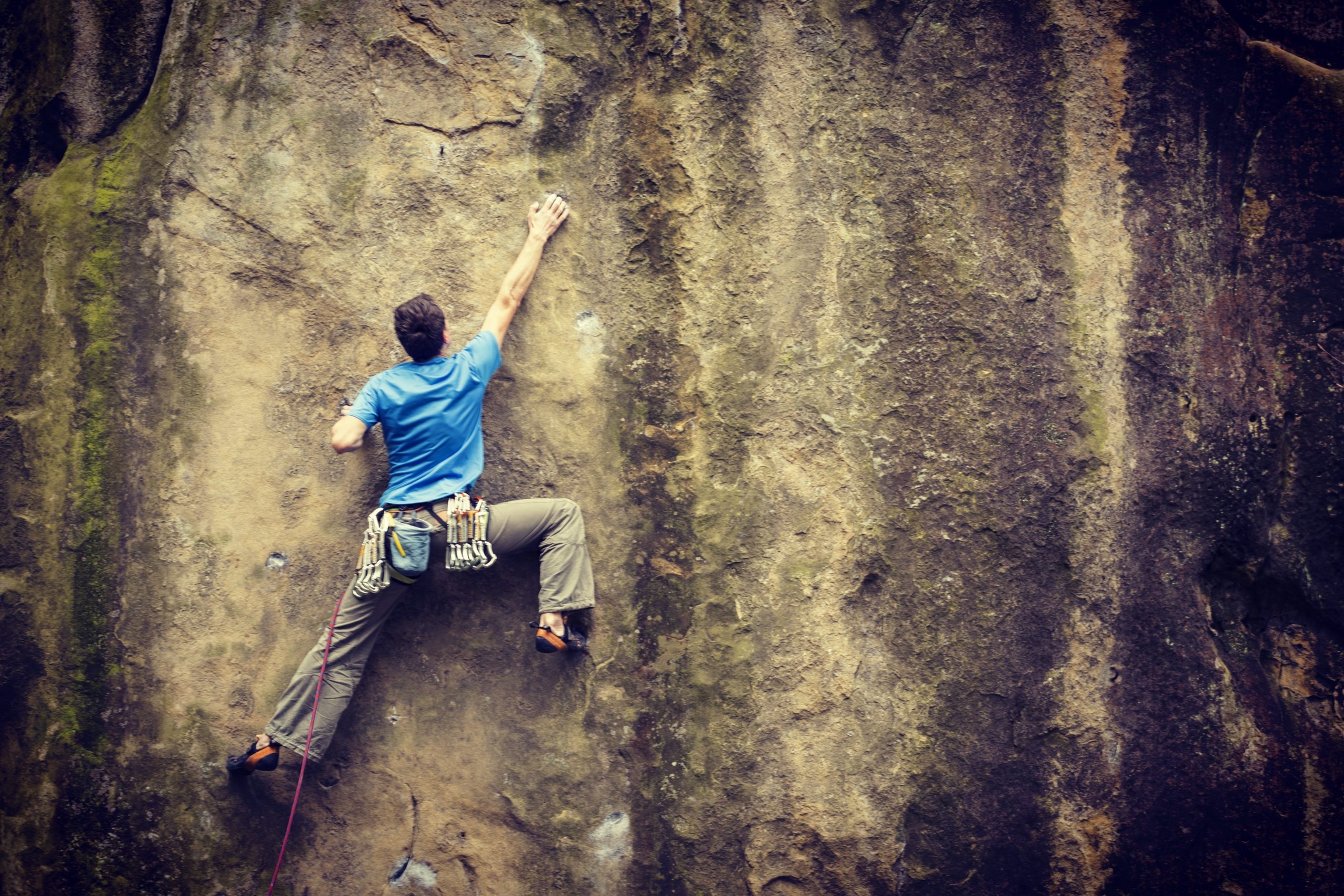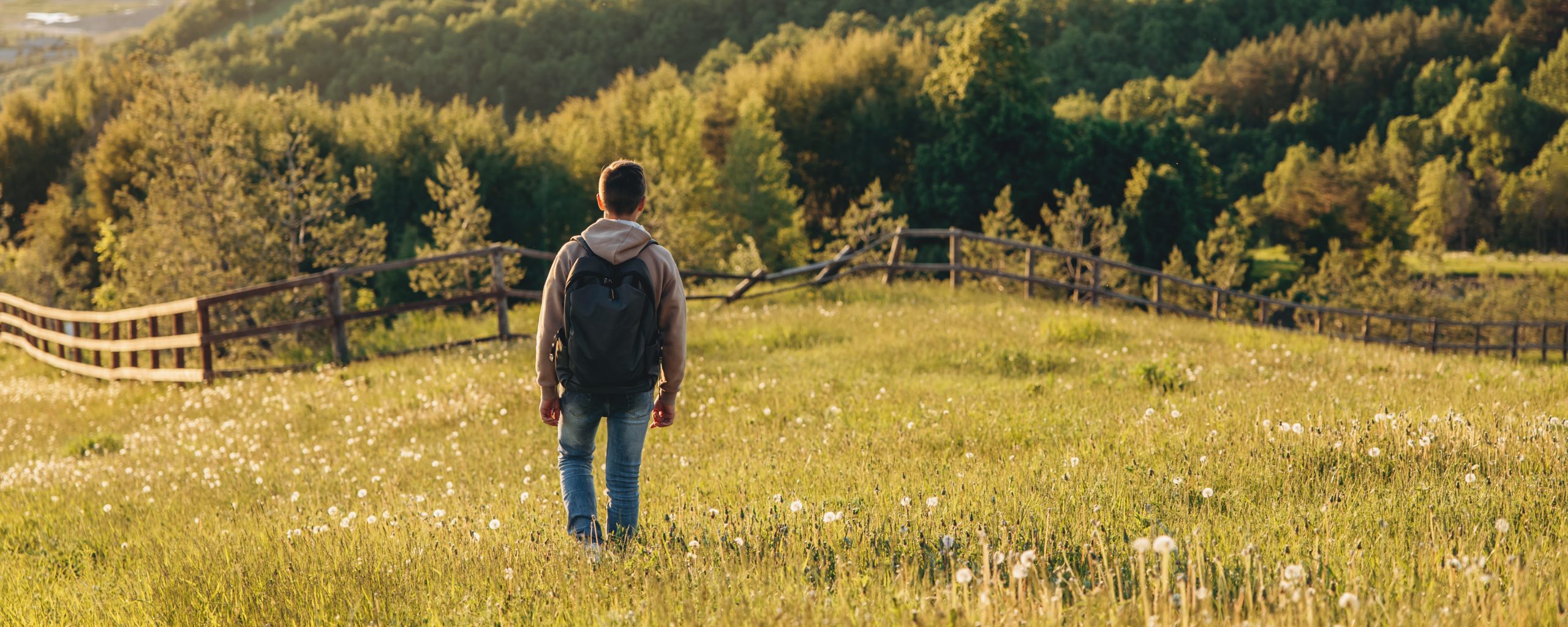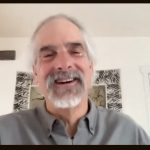
*This is an article from the Spring 2023 issue of Contentment Magazine.
By Frank Forencich, DAIS


It’s one of the most astonishing features of the natural world: certain combinations of words and images, presented to the human brain in a coherent sequence, generate activity in the autonomic nervous system, and in turn, drive the function, health and behavior of the entire animal, for better or for worse. It’s really quite astounding; a narrative arc of plot, tone, and character can sway our bodies into an activated, energized state of fight-flight, or into a healing state of rest-and-digest. In the process, stories literally change the structure of our brains, the nature of our behavior, and the trajectory of our lives.
To put it in the simplest possible terms, story can function like a control knob on the autonomic nervous system. Turn it one direction and we move into fight-flight activation, urgency, and vigilance; turn it the other and we sink deeper into the warmth, relaxation, and healing state of feed-and-breed. Watch a romantic comedy and your autonomic nervous system goes one way; watch an action-adventure thriller and it goes the other. All of which has enormous implications for our encounters with adversity and stress. If we get our stories right, we can be calmer, more effective, and more at home in the world. Get them wrong and grief and suffering won’t be far behind.
Story Therapy
This story-body connection is familiar ground in the world of therapy, where counselors routinely leverage the power of stories to shape their client’s bodies and ultimately, their life experiences. Stories create the lens through which we see the world and how we interpret even the simplest events. Stories of trauma, neglect, abandonment, engagement, support and curiosity drive our attention and in turn, our encounters and our relationships.
And of course, just as we become attached to certain people, ideas, habitats, and experiences, we also become attached to particular narratives. Over and over, we return to our favorite plot lines, explanations, themes, characters, and moral lessons. Sometimes, this attachment works in our favor and gives us a sense of stability and personal power, but it can also limit what we do and what we might become. In the extreme, narrative attachment becomes dogma, a dysfunctional and destructive relationship to story. And when stories become static and rigid, stress becomes almost inevitable.
Like it or not, our lives sometimes go off the rails. Stress disturbs our harmony, and our bodies begin to seize up or break down. Desperate for relief, we seek out professionals who, we believe, will fix our lives and bring us back to some kind of centered, balanced experience. But maybe what we really need is “story therapy” – a thoughtful revision of our problematic narratives and our relationships to them. If we can relax our hold on particular stories, edit them into new forms, abandon them outright, or create new ones, we’ve got a path to a calmer, more functional future.
Just imagine yourself as a screenwriter working on a script for the narratives that drive your life. You’ve got a set of stories, but they just aren’t lining up with the reality of your life. This calls for a revision. Try telling your stories in some new way. Change the tone, the plot, the characters or the meaning. Above all, try zooming out. Instead of focusing relentlessly on the specific details that give you stress, widen your perspective to include more expansive views of the people, behaviors and culture in question. Move your body, then meditate and allow the problematic stories to soften. Relax your body and allow your stories to become more malleable, permeable, and flexible. Breathe into the process and allow the stories themselves to relax.
Big Stories, Big Stress
Personal, local, and intergenerational stories will always be powerful drivers of our experience, and we’ll do well to examine them, edit them, and discard those that no longer serve us. But it’s especially important to look at the foundational stories of the human experience, especially those that are embedded in culture and society. These narratives are often invisible to us but are immensely powerful drivers of our experience and behavior in the face of ambiguity and trauma.
For example, a dominant modern narrative tells us that human beings are separate from and superior to the rest of nature. We are categorically different from the other animals – better, special, blessed with exceptional powers and aptitudes. And while other species in the animal kingdom may be unique, we are uniquely unique.

On the face of it, this narrative might seem like little more than innocent, species-level boasting; primate blowhards bragging about how great they are. Everyone likes to feel special and Homo sapiens are no different, so we craft a narrative that emphasizes our exalted position in the cosmos. It makes us feel important, for a while anyway.
But this declaration of superiority is far more than innocent swagger. It’s immensely consequential for our experience of stress, adversity and resilience, especially in the face of emerging planet-scale challenges. In essence, the doctrine of human supremacy creates a cosmic, existential duality, a fracturing of human consciousness and identity, a breaking of the world.
And far from giving us comfort, the narrative ultimately leads us to feel isolated and apart from every other form of life on the planet. In the process, it creates a crushing sense of alienation and what we might call “species solipsism” or “species loneliness.” In turn, this amplifies our stress a thousand-fold. By casting ourselves as superior, unique, and independent, we remove ourselves from the supporting system that keeps us calm, whole, integrated and yes, sane.
Even worse, the story destroys our future. When humans declare superiority and independence from the biosphere, nature becomes nothing more than a resource, a commodity to be converted into profit. And when nature is nothing more than a distant subordinate and a collection of objects, we’re free to do as we wish with rainforests, oceans, forests, and the atmosphere. The biosphere has no value beyond what it might do for humans: it all belongs to us.
New-Old Story
As more and more of us are coming to realize, the anthropocentric story of human supremacy isn’t just catastrophic for the natural world, it’s also bad for humans themselves – physically, mentally and spiritually. Life on a pedestal may be exhilarating and comforting for a time, but it also keeps us isolated from that which gives us life. Just as with individual narcissism, ego and hubris ultimately work against us.
All of which calls for a new story, or maybe a very old story – one of belonging, interdependence and community. The good news is that this story already exists in the cultures of native people around the world. Indigenous people have told such a story for thousands of years; a tale of animism, permeability, continuity, biocentrism, inclusion and participation. The world is alive, and we are very much part of it. And not only does it feel good, it almost certainly activates the parasympathetic branch of the autonomic nervous system; the healing circuitry of our ancient bodies.
Even better, modern science is coming around to almost identical conclusions. The grand history of science is now beginning to read like Joseph Campbell’s hero’s journey. Starting with the atomism of the ancient Greeks, intensifying with the mechanistic, materialistic world view of the scientific revolution, the life sciences have now come full circle to a rediscovery of our continuity with the natural world. In turn, it reveals our anthropocentric narrative as the delusional story it really is.
In some circles, ecology has been described as “the subversive science” because it undermines the dominant narrative of human supremacy and Western culture-as-usual. But the same might well be said for biology, geology, and especially, big history. All of these large-scale disciplines reveal our modern homo-centric narrative as little more than conceit, pride and hubris. The living world is biocentric, not anthropocentric.

Go Outside
But what does all this mean for those of us who’re struggling with chronic stress, suffering under the daily demands of modernity and the constant effort to keep chaos at bay? Do cosmic narratives really matter when the car is broken, you’re late for work, the budget is a disaster, and your personal relationships are in turmoil?
In the short term, perhaps not. Urgent daily demands require immediate action and there’s no substitute for work, diligence, and practical intelligence. But at the end of the day, the meaning and sense of identity that lives in story can make or break our spirit. If your cultural narrative moves you towards a sense of inclusion and participation in something larger, it can make all the difference between suffering and thriving.
Our new-old story of commonality, continuity and community of life becomes especially potent when we combine it with lived experience and physical contact with the natural world. Going outdoors to wild spaces is an obvious first step, but it’s important to get our spirit and attention aligned with our habitat. So go for a hike and find a quiet place to sit and observe. Witness the plants, animals, water and sky around you and view these features through the lens of the new-old story. The life you see around you is not “the environment” that’s somehow “out there.” These living things are relatives and are literally continuous with your body. Those trees and animals aren’t independent organisms. They are us.
As you sit, think big and most importantly, feel big. “I am the land; the land is me.” Breathe into this narrative and make yourself permeable to the totality of the experience. Identify with the nature around you and inside you. Step down off the self-declared pedestal of human supremacy and rejoin the circle of life. Look at the river, the forest, the panorama before you and say to yourself, “This is my body, my tissue, my flesh. This habitat is me.”
This orientation may feel strange and even alien at first, but it’s historically normal for human beings and it’s extremely therapeutic. When you feel your natural life support systems as continuous with your body, your personal stress feels a lot less significant, and maybe even irrelevant. It’s a story that gives us life.
ABOUT THE AUTHOR
 Frank Forencich earned his BA at Stanford University in human biology and neuroscience and has over thirty years of teaching experience in martial art and health education. Frank holds black belt rankings in karate and aikido and has traveled to Africa on several occasions to study human origins and the ancestral environment. He’s presented at numerous venues, including the Ancestral Health Symposium, Google, the Dr. Robert D. Conn Heart Conference, and the Institute of Design at Stanford University. A former columnist for Paleo Magazine, Frank is the author of numerous books about health and the human predicament including Beware False Tigers and The Enemy is Never Wrong. He’s a Diplomate member at The American Institute of Stress and a frequent contributor to Contentment Magazine. Refer towww.exuberantanimal.comfor more information.
Frank Forencich earned his BA at Stanford University in human biology and neuroscience and has over thirty years of teaching experience in martial art and health education. Frank holds black belt rankings in karate and aikido and has traveled to Africa on several occasions to study human origins and the ancestral environment. He’s presented at numerous venues, including the Ancestral Health Symposium, Google, the Dr. Robert D. Conn Heart Conference, and the Institute of Design at Stanford University. A former columnist for Paleo Magazine, Frank is the author of numerous books about health and the human predicament including Beware False Tigers and The Enemy is Never Wrong. He’s a Diplomate member at The American Institute of Stress and a frequent contributor to Contentment Magazine. Refer towww.exuberantanimal.comfor more information.
Contentment Magazine
The dictionary defines “content” as being in a state of peaceful happiness. The AIS magazine is called Contentment because we want all of our guests and members to find contentment in their lives by learning about stress management and finding what works best for each them. Stress is unavoidable, and comes in many shapes and sizes that makes being in a state of peaceful happiness seem like a very lofty goal. But happiness is easy to find once you are able to find ways to manage your stress and keep a healthy perspective when going though difficult times in life. You will always have stress, but stress does not always have you!

Leave A Comment
You must be logged in to post a comment.